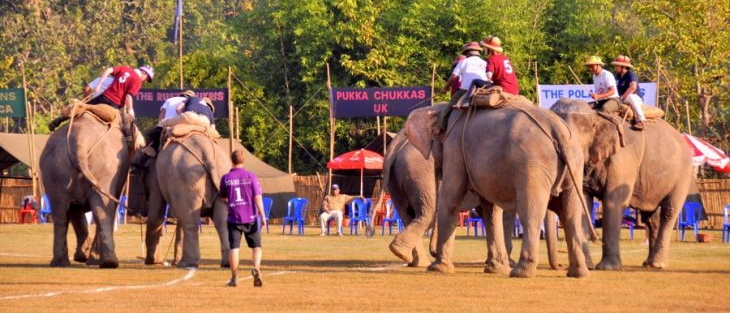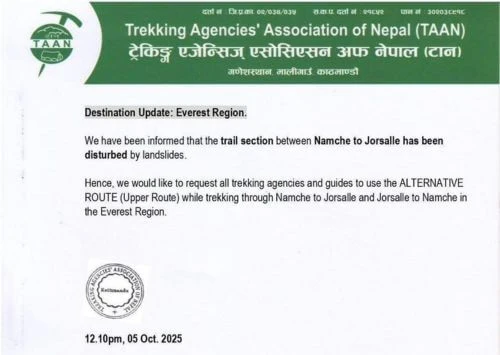Elephant Tourism in Nepal: A Different Approach.
In Nepal’s Chitwan National Park, elephants are nowadays being used as walking guides in the forest rather than as outdated and punishing tourist carriage. Chitwan National Park is 160 km East of Kathmandu. The park is well acknowledged for its effective anti-poaching patrols, which have resulted to surge in the population of the one-horned rhino. For years, the most prevalent trip here was on elephant back with up to eight people. Given the agony and woe instigated to the animals who are “broken” into submission, it is not a perfect choice. Since 2014 more than 100 high-profile operators have stopped marketing tours featuring elephant rides and TripAdvisor stopped endorsing them in 2016.

Elephants are not led down the roads of the metropolitan Kathmandu or the picturesque town of Pokhara. Elephants are largely domesticated and used at Chitwan National Park and in other conservation parks like Bardia National Park. In Chitwan; elephants can be rented out for jungle safaris and elephant bathe. In other National Parks they are used for conservation and breeding.
Though Thailand is making ecosphere headings for its long running painful elephant tourism business along with tigers and dolphins, one must look at Nepal a little differently. Elephants are a part of daily life in Nepal. They are greatly appreciated and attributed to save conservation parks and wildlife in Nepal.
There are no more shackled up private elephants during the daytime in Chitwan. Male elephants are still chained as they are otherwise overpowering if there are females around. Mahouts are no longer permitted to use metallic hooks on elephants. Now only timber sticks are allowed.
At Tiger Tops Elephant camp, more benevolent alternative has been introduced. “After the 2015 earthquake, with visitor numbers down anyway, we decided the time was right for change,” says Tiger Tops’ Marie Stissing Jensen. She expressed – When people go on an elephant-back safari, the animals just become carriage. Walking with them makes it possible to see how they move, how they feed and how they interact in as natural a way as is possible for an enslaved elephant. With long legacy of elephant-back safaris, mahouts were skeptical about the change for elephants. After a long relearning process for both mahouts and elephants finally, they are on the right track.
Elephant jungle trips only happen twice per day for each elephant. Formerly, they would be used up to 6 times per day. The traditional method of beating a calf and keeping it from its mother to “break it in” is no longer the preferred method in Chitwan. Alternative methods have not succeeded as the elephants constantly need “treats” to behave. Thereby encouraging an unhealthy diet. However, the positive step of better treatment of animals has already begun. Definitely, Nepal is seeing better days of elephant tourism.





